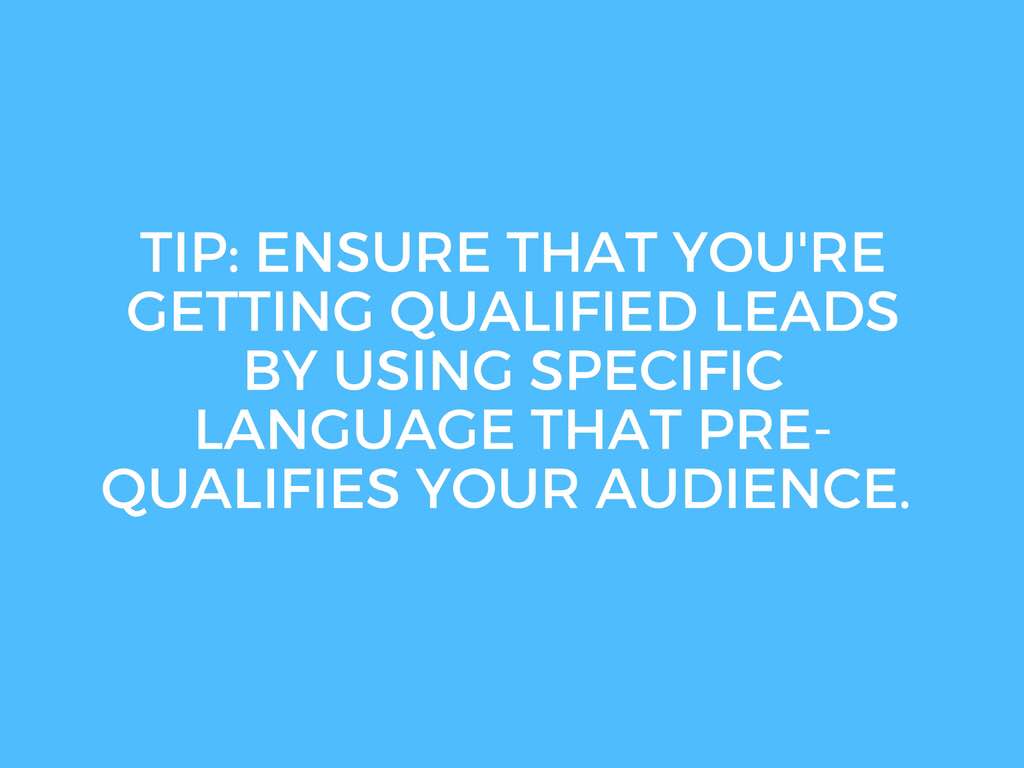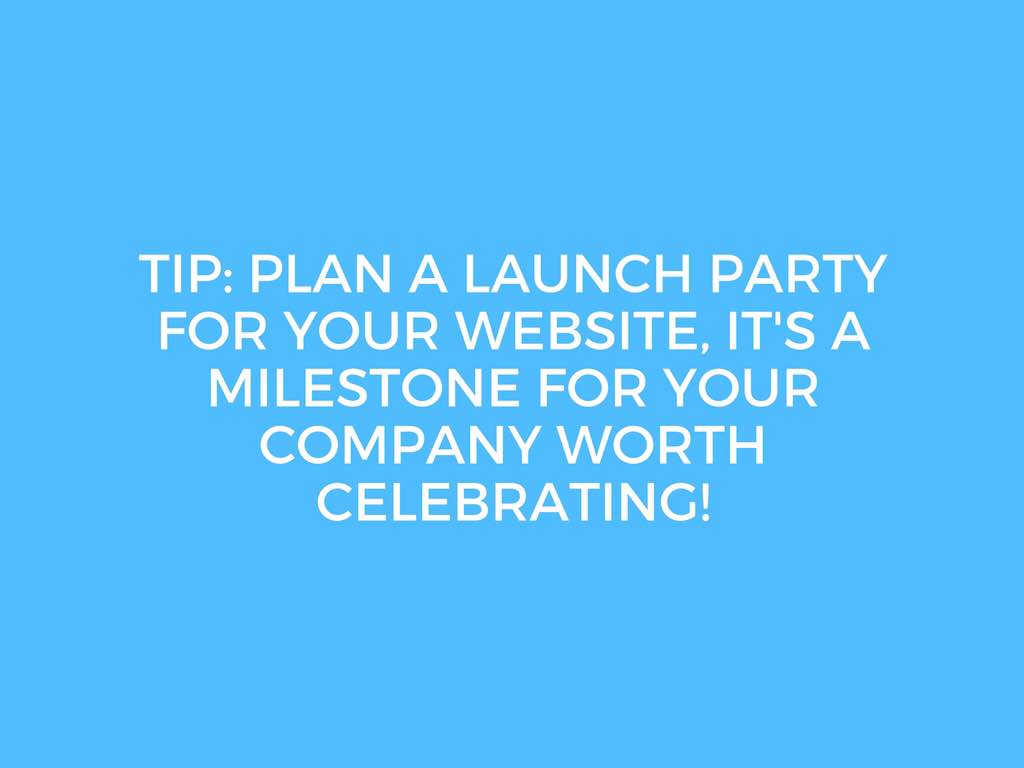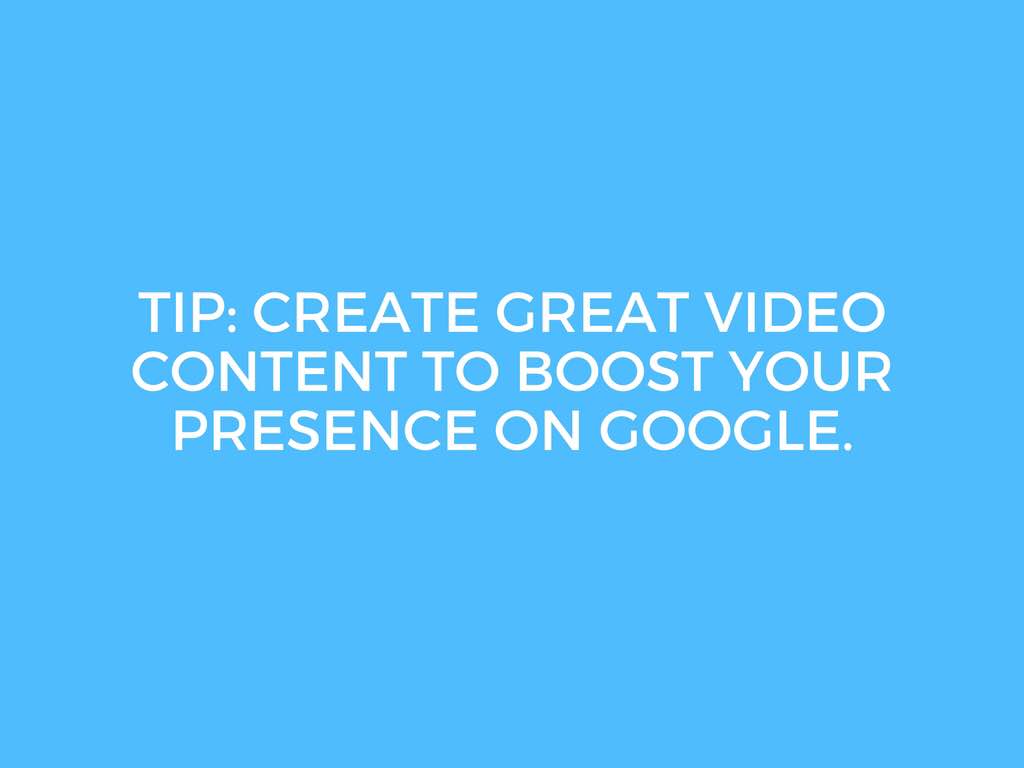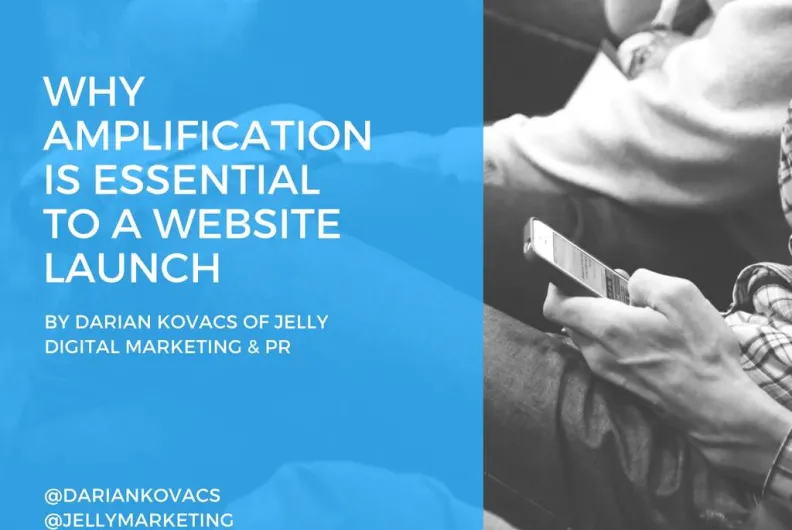 Author: Darian Kovacs
Author: Darian Kovacs Principal,
Jelly Digital Marketing and PR There’s a saying in the movie, Field of Dreams, “
If you build it, they will come.” Unfortunately, in the wonderful world of digital, that’s not necessarily true and an in-depth digital strategy is vital for having a successful website launch. Here are a few of the strategies we encourage brands to consider before launching their website to make, it shine in the light it deserves.
Analytics and Goals
Before your website is ready to launch, it’s important to have Google Analytics in place to know where your traffic is coming from, and what your audience is doing when they come to your website. It’s also crucial to have measurable goals in mind before you even begin on your website strategy. What’s the point in having a website without a purpose? Through the goals function of Google Analytics, you can track items such as phone calls, product purchases, newsletter subscriptions or session duration - all of which are great Key Performance Indicators (KPIs) to monitor your digital success. Using Google Analytics can help you determine if your website is actually helping you achieve your goals and which marketing initiatives are providing you with the most engaged and converting traffic.
Online Advertising
Like any campaign, you’ll want to target people who are interested in your products and services when you’re ready to launch your website. Qualified leads can be achieved by having an amplification strategy using Google Adwords. Creating broad Adwords campaigns with the hope that anyone and everyone comes to your site likely won’t be helpful to your business, since the data and traffic won’t be hyper targeted or clean, so you’ll want to run a specific Adwords campaign using keywords that pre-qualify your visitors. For example, you can send out a broad online advertisement that says, “New Town Homes in Langley”, which can send plenty of people to your website and generate tons of registrations. As a result, you may be attracting people who might have a different budget outside of yours or looky-loos. The problem with this strategy is the fact that you’re paying for each and every click. But, if the ad says “Town Homes in Langley Starting at $520,000” it pre-qualifies your audience before they come to check out your new website. The visitors that you’re pre-qualifying and click your ad will likely be those who have a budget over $520,000. You’ll then spend less your ads, get more conversions and find yourself with visitors that have genuine interest in what you’re offering. Once you gain some traffic for your site, you can run retargeting ads. Retargeting means that anyone who comes to your site will start seeing ads on other websites that have opted into retargeting. These are also often referred to as “creepy ads”, or “follow me” ads. You can use these ads to remind people to take an action on your site that they might not have during their previous visit. You can even retarget your ads using video, and target one of your YouTube videos to a user after they’ve been to your site.

Public Relations
Another great component to a successful website launch is a solid Public Relations strategy - however, it’s not something that enough brands do, so it’s a great way to celebrate your milestones and successes, and stand apart from your competition. Adding PR to your marketing strategy is like adding a new arm of your business, and it’s something to get excited about! There are numerous avenues for PR, but we always recommend a well planned, personal launch party with targeted press that are interested in your product and share the same values as your brand. Instead of looking at the shotgun PR approach, see it as more of a sniper rifle. Pick out the best outlets to reach out to, personally invite them in a unique way and be sure to give them a reason to be there. Give them something that they can celebrate with you, and give them a great story in return. The best part? Having some press wins alongside your website launch will do wonders for off site SEO, improving your Google ranking, too!

Social Media
With so many brands on social media, it’s important to make sure your brand shines and stands out. Since social media platforms are a hub for millions of users, you can direct traffic to your website through your social media pages. Quality content with great copy and clear, consistent and appealing photos help your brand develop its social media presence. To become more visible online, search the most optimal hashtags for your niche and in the regions you’re targeting, and use them on Instagram and Twitter to increase engagement. Using hashtags allows users that identify with your brand’s voice and interests to find you, engage in your content and increase your following. Be sure to use them strategically and keep them to a small amount to avoid looking spammy. On Facebook, if you find a post is getting a lot of engagement, you can boost the post to increase its visibility. For example, if you’re a B2C company, you may want to boost your posts involving upcoming sales, contests, and promotions to increase page likes, and direct traffic to your website. When using social media, be sure to create good content such as how-tos and blog posts, as well as promotional material that will lead people to your website. Speaking of good content, video content is incredibly supplementary to all other platforms, as it’s sharable on Facebook, Instagram, Twitter, and LinkedIn. YouTube is the second largest search engine in the world, and is owned by Google so if you do a great job on YouTube, you look fabulous in the eyes of Google, and your organic ranking will improve. If your brand is able to make great videos that are searched often and engaging for your audience, you can reach them with a solid ranking.

Email Newsletters
Another element to have in place is an email newsletter strategy to let your audience know about what’s going on with your brand and website launch. You can also offer your best customers exclusive offers, and keep them ahead of the curve to make them feel special! Our friends at ImageX will make sure you’re on a great server, so that when people come to your site, it can handle all the new traffic an e-newsletter can bring! Essentials for your newsletter include videos, plenty of valuable links and engaging copy for people to read. Keep your copy simple and to-the-point, so people can be directed to where you want them to be. For e-newsletters, you can hook up Google Analytics with MailChimp, and start a drip campaign. Drip campaign emails are received based on user actions, and how they engage with your newsletters. The more times that someone opens your newsletters and clicks on the links, the more emails they will receive from your brand. In MailChimp, you can personalize emails by automatically inserting names into the greeting and subject line, making it more personalized.
In Review
These are some of the things that Jelly does to amplify a brand online. Let’s quickly recap some main points for you to remember:
- Ensure that you have measurable goals that are set up accurately through Google Analytics
- Google Analytics is your best friend
- Target, and re-target your ads!
- Throw PR events to celebrate your launches and wins in a big way
- Get social and use video content
- Use email newsletters to keep everyone updated
Learn more about what we do at Jelly:
https://www.youtube.com/watch?v=R_q9zZ8eJIw Follow us at
@JellyMarketing 






